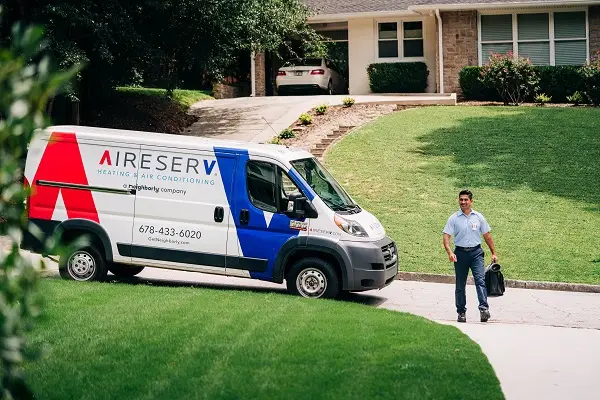
The Intermediate Guide to Commercial Roofing is a helpful guide for designing and planning a roofing system for a commercial building. It covers the basics of roofing materials and provides a few suggestions for enhancements beyond the bare minimums required by code. Professional roof consultants and contractors should be consulted for technical details. This article is an essential foundation for design professionals with little experience.
Materials
When choosing a roofing material for a commercial building, you have several options. Steel is the most common type, and it is available in various shades and with a powder-coat finish to prevent rust. While metal roofing requires professional installation, it is also highly durable and low-maintenance, saving money on overhead business costs. Steel is also more resilient than aluminum and is not susceptible to deterioration or discoloration. In addition, unlike aluminum, it does not encourage moss growth and is fire-resistant.
If you are looking for a material for your commercial roof that is energy-efficient and affordable, polyvinyl chloride (PVC) is a good choice. It is a multilayer membrane that resists sunlight and retains temperatures below. It can be welded together for strength and durability. EPDM is made of various chemicals, which means that it will be resistant to the elements while offering excellent protection. EPDM sheets are used in areas that do not require a steep slope, such as parking lots.
Maintenance
When it comes to commercial roofing, you’re going to want to maintain it properly. You may contact commercial roofing lafayette la, for roofing needs. While there are several things that you can do on your own, hiring a roofing contractor is recommended because they’re trained and experienced in this type of work. Regular maintenance will help you get the most out of your roofing system and ensure that it’s working as well as possible. You should also be aware of any signs of damage or wear and tear, indicating that you should hire a professional.
When working with a commercial roofing expert, you’ll enjoy various benefits. First, you’ll get a full diagnostic report that outlines the findings from the finished inspection. This will help you determine the next steps in your commercial roofing maintenance plan.
There are two primary types of reports: those on roof management and those on roof maintenance. Each piece presents essential information. One provides an overview of the roofing system, while the other is more detailed.
Contractors
The first step in a roofing project is selecting the appropriate type of roof. The best way to make informed decisions is to work with a roofing contractor. This guide will help you decide which kind of roof will suit your building’s needs. The roofing system provides information on roof assembly materials, including air and vapor retarders, insulation, and roof coverings. The details section of the outlines the different types of details for each component and discusses application criteria and warranties. It also discusses emerging issues and relevant codes and standards. The guide also includes additional resources. Depending on the type of commercial roofing you have, it may be sufficient for your project, or you may want to enlist the services of a professional contractor or consultant to address specific aspects of your project.


